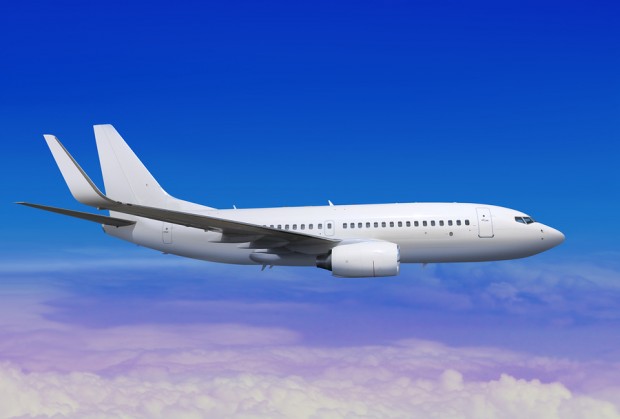Even as aviation becomes safer overall, everything from new materials in plain design to more lawsuits is driving up the cost of claims, Allianz concluded in a new study.
Details can be found in the 2014 Global Aviation Safety Study from Alllianz’s Global Corporate & Specialty (AGCS) division, and it cites modernization and legal action as big factors that could spike the value of risk exposure past $1 trillion by 2020 or earlier. But there’s more.
“Today there are fewer fatalities or total hull losses compared with the past, but new types of risk and losses, such as composite repairs, ground equipment damage or the risk of grounding, are additional drivers of exposure,” Henning Hagen, Global Head of Aviation EMEA and Asia Pacific at AGCS, said in prepared remarks.
All of those factors combine to form a claims stew that, along with rising fleet values and greater passenger numbers, will push the value of risk exposure to that $1 trillion mark, AGCS said.
Consider: AGCS analyst large insurance claims beyond $1.36 million, and found plain crashes were the major cause of loss in terms of the number of insurance claims generated at 23 percent, and subsequent value, at 37 percent. But a whopping 18 percent of aviation claims connect to ground handling claims, and 16 percent led to mechanical failure, AGCS explained.
Other findings in the report:
- Flying is very safe, with fewer than two passenger deaths for every 100 million passengers on commercial flights. Between 1962 and 1971, there were 133 passenger deaths for every 100 million passengers.
- The aviation industry will test its stellar safety record in the years ahead with potential new risks driven factors including cyber attacks, increased use of automation and a jump in the use of drones in commercial use.
- Shortage of a skilled workforce and climate change-driven turbulence will also create new safety risks.
- North America and Europe have the best commercial safety records, but Africa and Asia are the worst. In 2012, 45 percent of global aviation deaths took place in Africa and 43 percent hit Asia, AGCS said.
- Approximately 57 percent of all aviation accidents between 2003 and 2012 took place during descent and landing. About 24 percent of accidents hit during the ascent stage of flight. The cruising stage was safest, with 9 percent of accidents happening at this point.
- Damage from foreign objects is still a major risk factor, including bird strikes, and animals such as zebras and cows blocking a taxiing plane.
Source: Allianz Global Corporate & Specialty





















 Five AI Trends Reshaping Insurance in 2026
Five AI Trends Reshaping Insurance in 2026  Artificial Intelligence Is Rewriting the Rules for Commercial Lines
Artificial Intelligence Is Rewriting the Rules for Commercial Lines  Underwriter, Actuary Fears of AI Drop; Work Needed on Collaboration
Underwriter, Actuary Fears of AI Drop; Work Needed on Collaboration  Breaking: Andersen to Replace Zaffino as CEO of AIG on June 1
Breaking: Andersen to Replace Zaffino as CEO of AIG on June 1 













